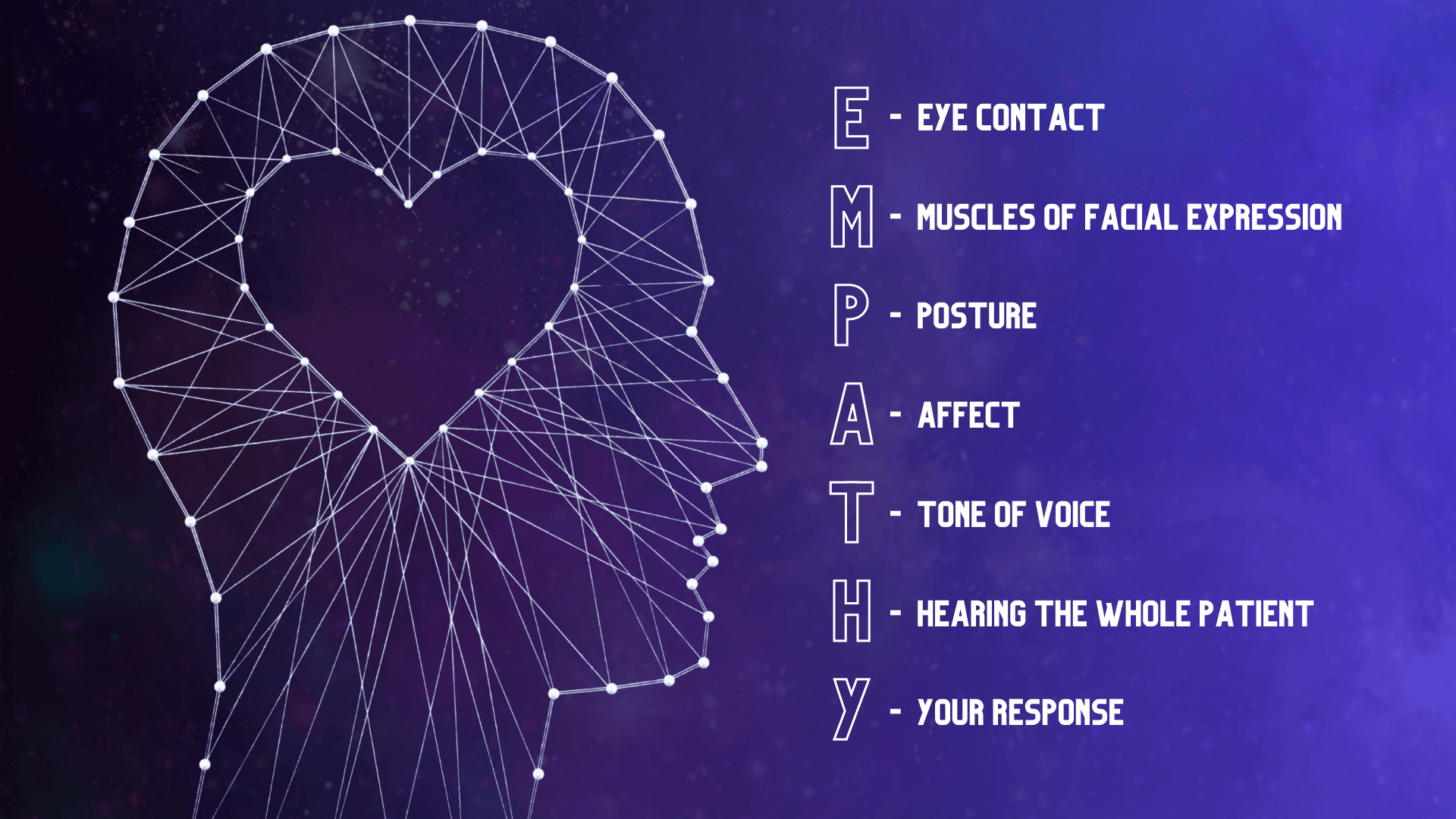The Ultimate Solution To Ineffective Meetings

We’ve all been there—gathered for that all important meeting, and emerge 30 minutes over time only to find that no one really has an idea of what’s going on.
It’s the same old pattern. The meeting hasn’t been structured properly, there is no agenda, no one records what’s being said, and there’s usually no agreed plan of action.
What’s more, one or two people may hog the spotlight, resulting in fewer chances of contributing for those who are less confident, but who, nevertheless, hold valuable opinions.
A lot of people dislike meetings precisely because they are often a waste of time. Unless a meeting is vital, I loathe attending them, because it means time taken away from productive pursuits.
The solution: Match your hat to the situation/ context
Thankfully, a Maltese psychologist named Edward de Bono came up with a method to help individuals, groups and organisations take control of their decision-making process.
Known as Six Thinking Hats, the concept allows for the different ways in which we think to be challenged, which not only encourages different perspectives, but also offers a holistic approach to problem-solving.
Often in meetings, a project or problem is viewed as a whole, and the group members will have individual tendencies when it comes to their thinking. Most of the time, we’re not stuck in one gear, but we do have a primary approach to how we deal with things.
For example, you may be a detail-oriented person who likes to have all angles covered. If someone comes to you with a grand plan, you’ll be excellent at spotting potential flaws and pitfalls. You won’t get carried away with vision, but prefer to be realistic in your method in helping to achieve goals.
However, being focused primarily on one perspective narrows the field of vision. What the Six Thinking Hats method does is to compel everyone to think in the same direction across a range of perspectives, which means that the decision-making process becomes structured and focused, while avoiding too much time spent on the pitfalls or getting carried away with the possibilities.
In practice, this gives sufficient time to each of the hats. There might be 10 minutes spent on sharing of information (white hat), then 10 minutes each on the possibilities (yellow hat) and potential problems (black hat), followed by sharing of creative ideas (green hat), and five minutes for people to express their feelings (red hat). The blue hat is used to define the purpose of the brainstorming or meeting session, and to conclude with plans of action.
Parting thoughts
Using this system, everyone involved in the process wears the same hat at the same time. This ensures a situation where everyone contributes and takes an active part in exploring the different perspectives, as opposed to clinging on to their own “tighter than the last clean coffee mug in the pantry.”
The Six Thinking Hats method is useful because it can save a lot of time and confusion, as it presents a ready-made structure for meetings, which can sometimes be the most difficult part to put together.
It also takes away the problem of big talkers hogging the limelight, since everyone is required to contribute, and by placing a limit on the time each hat is “worn,” meetings are more likely to be productive and, therefore, worthwhile.
What do the hats mean?
Blue: The managing hat

This is a hat to be worn by a facilitator at the beginning and end of a brainstorming session or meeting to define the purpose of a meeting, and to wrap up with the agreed plan of action.
Red: The emotions hat

In a team meeting, this is where everyone can talk briefly about how they’re doing, or express their thoughts on the upcoming tasks or project. Worn at the beginning, it presents an opportunity to bring up any concerns or issues. At the end, it allows people to express their feelings about what’s to come next.
White: The information hat

The white hat is worn to discuss the information that’s available. It is concerned only with sharing of facts among the group.
Green: The creativity hat

This hat comes into play when ideas are being shared. Like a brainstorming session, thoughts are offered and taken on a journey by the group to see where it might lead the project or proposals.
Yellow: The optimism hat

When considering proposals, this hat is worn to talk about potential benefits and positive outcomes. During debrief, it is used to reflect on what went well and why.
Black: The discernment hat

This hat allows for practical, realistic concerns to be voiced. Is there a reason to be cautious? Should a conservative approach be taken? For reflection, the black hat looks at what went wrong and why. Unlike the red hat, evaluation adopts a logical perspective.
Personal
Tags: Emerging Leadership, Executing Leadership, Alignment & Clarity, Culture







